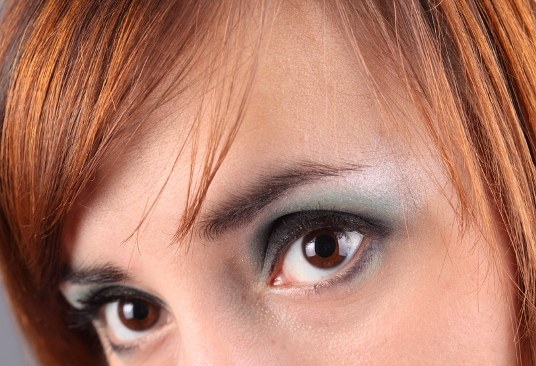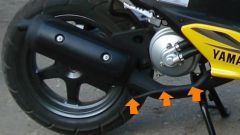You will need
- CT;
- - study of the thyroid gland;
- isotope diagnostics;
- - ultrasonic diagnostics;
- - hormone treatment;
- - radiotherapy;
- - pressure bandage on the eye;
- - antibiotic therapy;
- - the vitamins;
- - sedatives;
- - surgical treatment;
- - radiotherapy.
Instruction
1
To determine the eyeball in the eye-socket using special device – ekzoftalm. Bulging eyes are not necessarily a symptom of exophthalmos. Some people just are more prominent eyes. Also alleged exophthalmos is observed in congenital anomalies of the skull, increased eye slits etc. a More precise study was conducted using computed tomography and examination of the thyroid gland, isotope and ultrasound diagnostics.
2
When diffuse toxic goiter tissues of the orbit become swollen and is pushing the eyeball forward. Thyroid treatment often eliminates vypechennoe the eyeball, but in some cases even after treatment of hyperthyroidism exophthalmos persists.
3
In the event of proptosis due to abnormal overgrowth of tissue of the eye socket and edema of the orbit contents used the treatment.
4
Furthermore, proptosis is formed by thrombosis of the cavernous sinus, which leads to swelling of soft tissues due to the difficulty of outflow of blood through the veins that depart from the eye. Pathology of the communication between veins and arteries is accompanied by the formation of pulsating exophthalmos, which is protrusion of the eye and their ripple to the beat of the heart. Depending on the stage of the disease is used in radiotherapy, as well as pressing bandage on the eye to thrombosis of the orbital veins.
5
Inflammation of the diencephalic region is treated with antimicrobial therapy, sulfonamides, vitamins and sedatives. In diencephalic region of the orbit and carried out the radiotherapy.
6
The formation of tumors require surgical treatment or the application of local radiotherapy.
Note
Hydrocephalus, lymphadenosis, inflammation of the sinuses cause exophthalmos.










